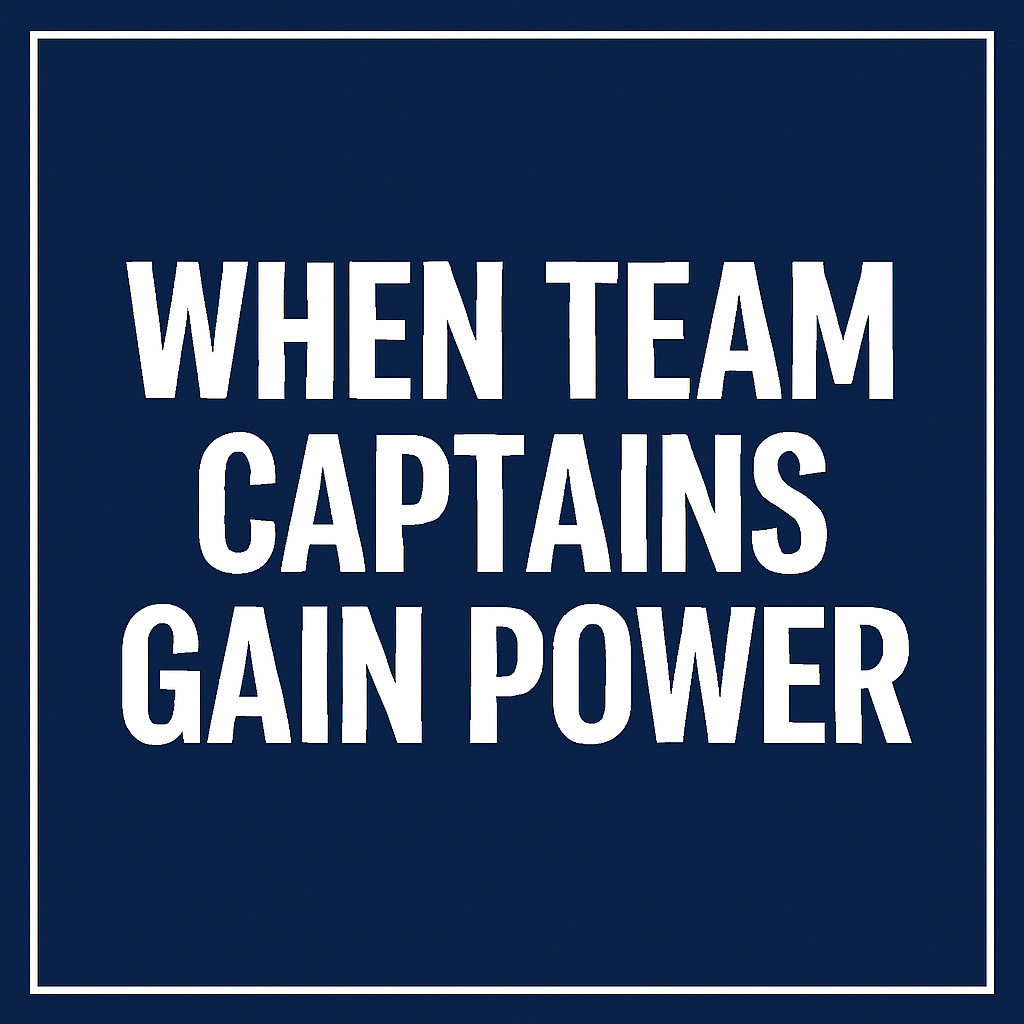Balancing Act
In the sports industry, the dedication and hard work of athletes often face an ironic challenge. Despite their relentless efforts, rigorous training, and extraordinary performances, the monetary value of sports merchandise can sometimes surpass the total earnings of the athletes’ careers. This paradox raises significant questions about the commercialization of sports and the financial disparities that exist within the industry. This is not a idea on what is fair but more how pop culture and media changes the game.
The Merchandise Boom
Sports merchandise has evolved into a massive global market. Fans’ passion for their favorite teams and athletes drives them to purchase a wide array of items, from jerseys and sneakers to collectible cards and memorabilia. This enthusiasm translates into substantial profits for manufacturers, sports organizations, and retailers.

Financial Disparities and Impacts
The financial gap between merchandise sales and athletes’ earnings is striking. While top-tier athletes command hefty salaries and endorsements, many athletes, especially those in less prominent sports, struggle to secure financial stability. The revenue generated from merchandise often benefits the manufacturers and sports organizations more than the athletes themselves.
For instance, in the realm of soccer, the sales of jerseys, boots, and other branded items significantly contribute to the overall revenue of clubs and sponsors. However, the financial gains from these sales are not always reflected in the players’ earnings, particularly for those who are not at the top of the sport.
The Human Element
Beyond the financial aspects, the commercialization of sports merchandise has profound implications for the athletes. The pressure to perform, maintain marketability, and meet the expectations of fans and sponsors can take a toll on their mental and physical well-being. Injuries, career uncertainties, and the constant scrutiny from the public and media add to the challenges athletes face.
Despite their pivotal role in the sports industry, athletes often find themselves overshadowed by the commercial machinery that drives merchandise sales. This raises important questions about the ethics and sustainability of current practices within the industry.

Seeking Solutions and Balance
Addressing these disparities and finding a balance requires a concerted effort from all stakeholders involved in the sports ecosystem
Revenue Sharing Models
Sports organizations and manufacturers should implement revenue-sharing models that ensure athletes receive a fair share of the profits generated from merchandise sales. This can help bridge the financial gap and provide more equitable compensation for athletes.

Support Systems
Providing comprehensive support systems for athletes is crucial. This includes mental health resources, career transition programs, and financial planning services to help athletes navigate the challenges of their careers and life after sports.
Fan Engagement and Awareness
Fans play a vital role in shaping the sports culture. By valuing athletes for their contributions on and off the field, rather than just through merchandise, fans can help create a more balanced and supportive environment. Initiatives such as supporting athlete-led brands or crowd-funding can also make a positive impact.
Regulatory Measures
Governing bodies in sports should establish regulations that promote transparency and fairness in merchandise-related contracts. Ensuring that athletes have a voice in these agreements and that their rights are protected is essential for creating a more equitable industry.

The Sad Reality
When Sports Merchandise Outshines Athletes’ Careers
In the vast world of sports, athletes pour their hearts, souls, and bodies into their careers. They train rigorously, compete fiercely, and strive for excellence. Yet, an unsettling reality looms over this world—sometimes, the merchandise associated with sports and athletes holds more monetary value than the athletes’ entire careers. This paradox is a sad truth that highlights the commercialization and materialism pervasive in modern sports.
The Allure of Merchandise
From jerseys and sneakers to collectible cards and branded memorabilia, sports merchandise has grown into a colossal industry. Fans, driven by their passion and loyalty, purchase these items to feel connected to their favorite athletes and teams. This emotional attachment translates into significant financial gains for manufacturers and sports organizations.

Financial Discrepancies
The financial discrepancies between merchandise revenue and athletes’ earnings can be staggering. Many athletes, especially those not at the top tier, struggle to secure lucrative contracts and endorsements. In contrast, the merchandise they represent can generate vast sums of money, benefiting manufacturers and sports organizations more than the athletes themselves.
The merchandise sales of their jerseys, boots, and other branded items contribute significantly to the overall revenue of their respective clubs and sponsors, often surpassing the direct earnings of the players.
The Human Cost
The commercialization of sports merchandise not only raises questions about financial fairness but also highlights the human cost. Athletes often face immense pressure to maintain their performance and marketability. Injuries, mental health struggles, and career uncertainties are just a few of the challenges they endure. Meanwhile, the relentless pursuit of profit through merchandise sales continues unabated, sometimes at the expense of the athletes’ well-being.

A Call for Change
Addressing this sad truth requires a collective effort from fans, sports organizations, and the industry at large. While merchandise will always be a part of the sports culture, it is essential to ensure that athletes are fairly compensated and supported. This involves advocating for better contracts, mental health resources, and career transition programs for athletes.
Fans, too, play a crucial role. By valuing athletes for their contributions on and off the field, rather than just their merchandise, fans can help shift the narrative towards a more equitable and compassionate sports world.
Sad Reality or Interesting Dynamic?
The relationship between sports merchandise and athletes’ careers can be viewed from multiple perspectives. On one hand, it can be seen as a sad reality highlighting the commercialization and materialism that overshadow the genuine efforts and achievements of athletes. On the other hand, it presents an intriguing dynamic that reflects the evolving nature of sports as both a form of entertainment and a business.

Sad Reality
From a critical viewpoint, the fact that merchandise can generate more revenue than an athlete’s career is disheartening. It underscores how the commercial aspects of sports often take precedence over the athletes themselves. This disparity can lead to financial inequities where athletes, particularly those who are not at the top tier, struggle to secure fair compensation and support.
The intense focus on merchandise and branding can place undue pressure on athletes to maintain their marketability, sometimes at the expense of their mental and physical well-being. The relentless pursuit of profit can overshadow the human element of sports, reducing athletes to mere commodities in the eyes of commercial interests.
Interesting Dynamic
Conversely, this phenomenon can be seen as an interesting dynamic that showcases the multifaceted nature of the sports industry. The tremendous popularity of sports merchandise highlights the deep emotional connections that fans have with their favorite athletes and teams. This connection drives a lucrative market that supports various sectors, from manufacturing to retail, and even charity through branded initiatives.
The commercial success of sports merchandise also provides opportunities for athletes to extend their influence beyond their playing careers. By leveraging their brand, athletes can venture into entrepreneurship, philanthropy, and other endeavors, ensuring long-term financial stability and creating a lasting legacy.

Striking a Balance
Whether this reality is sad or interesting depends on one’s perspective. However, it is crucial to find a balance that ensures the well-being and fair compensation of athletes while embracing the positive aspects of sports merchandise. By promoting transparency, equitable revenue sharing, and comprehensive support systems, the sports industry can navigate this complex dynamic in a way that honors both the commercial and human elements of sports.

Conclusion
While sports merchandise will always be a significant aspect of the industry, finding a balance between commercial success and the well-being of athletes is crucial. By advocating for fair compensation, providing robust support systems, and fostering a culture of appreciation, we can create a more equitable and compassionate sports world. This shift requires collective action and a commitment to valuing the human element in sports as much as the commercial one.

Join the Discussion
The relationship between sports merchandise and athletes’ careers raises many thought-provoking questions. Do you see this as a sad reality or an interesting dynamic? How do you think the industry can strike a better balance between commercial success and athlete well-being?
We invite you to share your perspectives and insights. Join the conversation in the comments below and let us know your thoughts on the following:
Have you ever felt that merchandise overshadows the achievements of athletes you admire?
What measures do you think sports organizations should take to ensure fair compensation for athletes?
How can fans play a more active role in supporting athletes beyond purchasing merchandise?














Compost Bin Gardening Power Cost Effective No.1Sustainibility - EcoReef.co
[…] Tips and ExperiencesHave you built your own compost bin? What challenges did you face, and what successes have you enjoyed? Your experiences can help others start their own composting […]